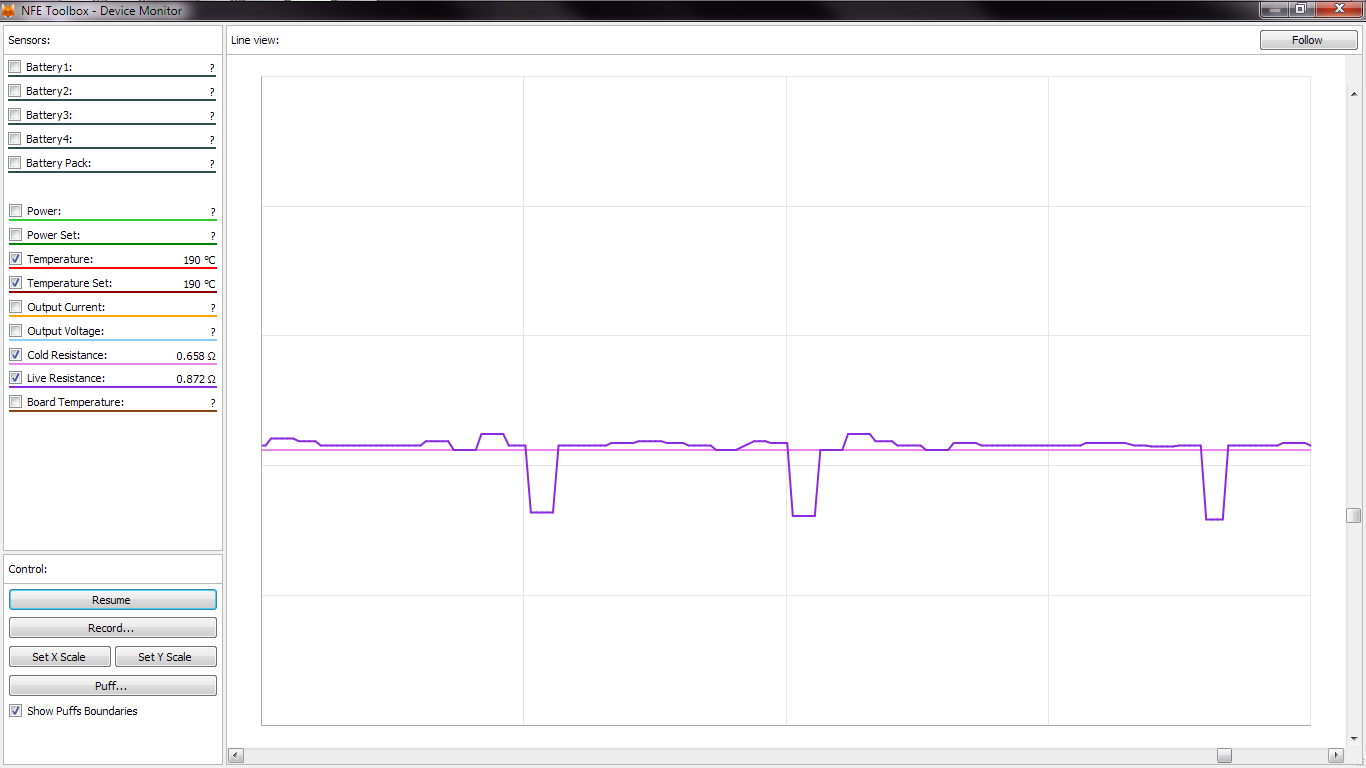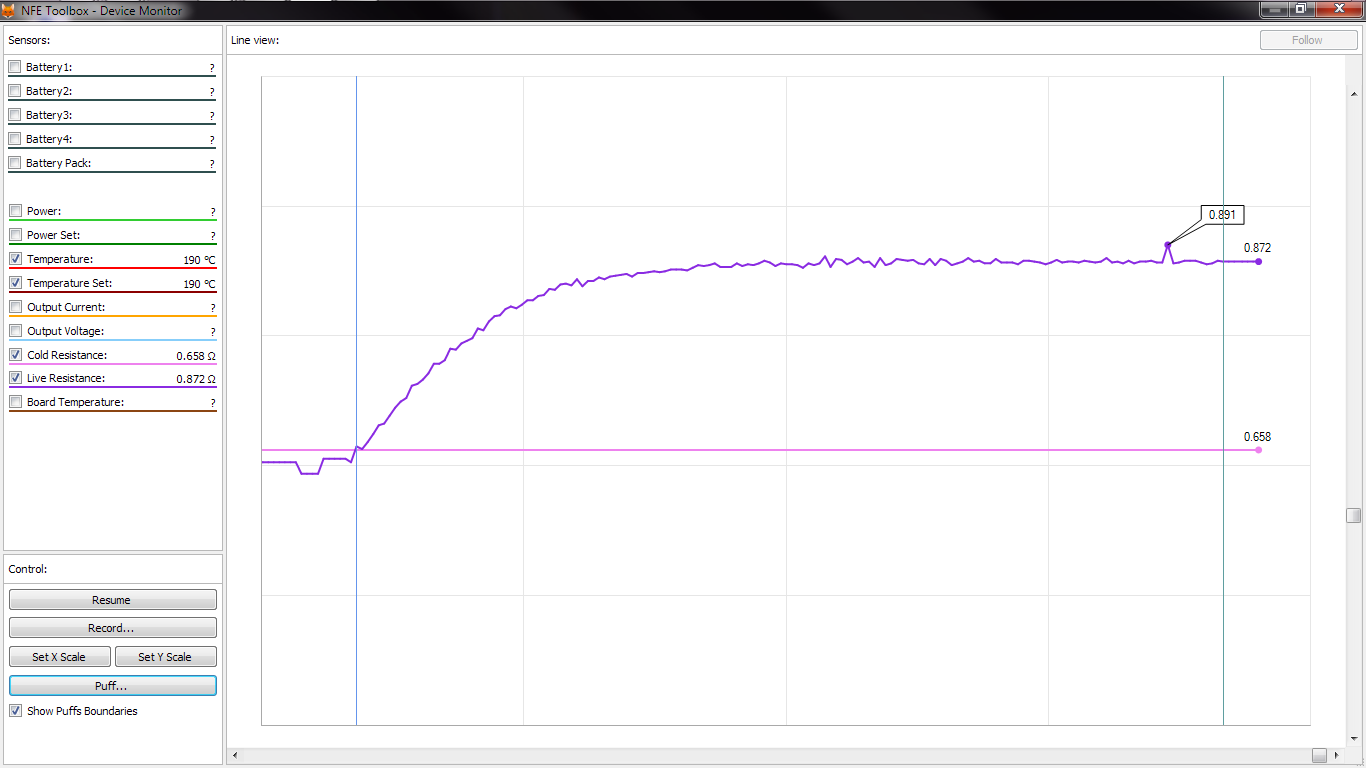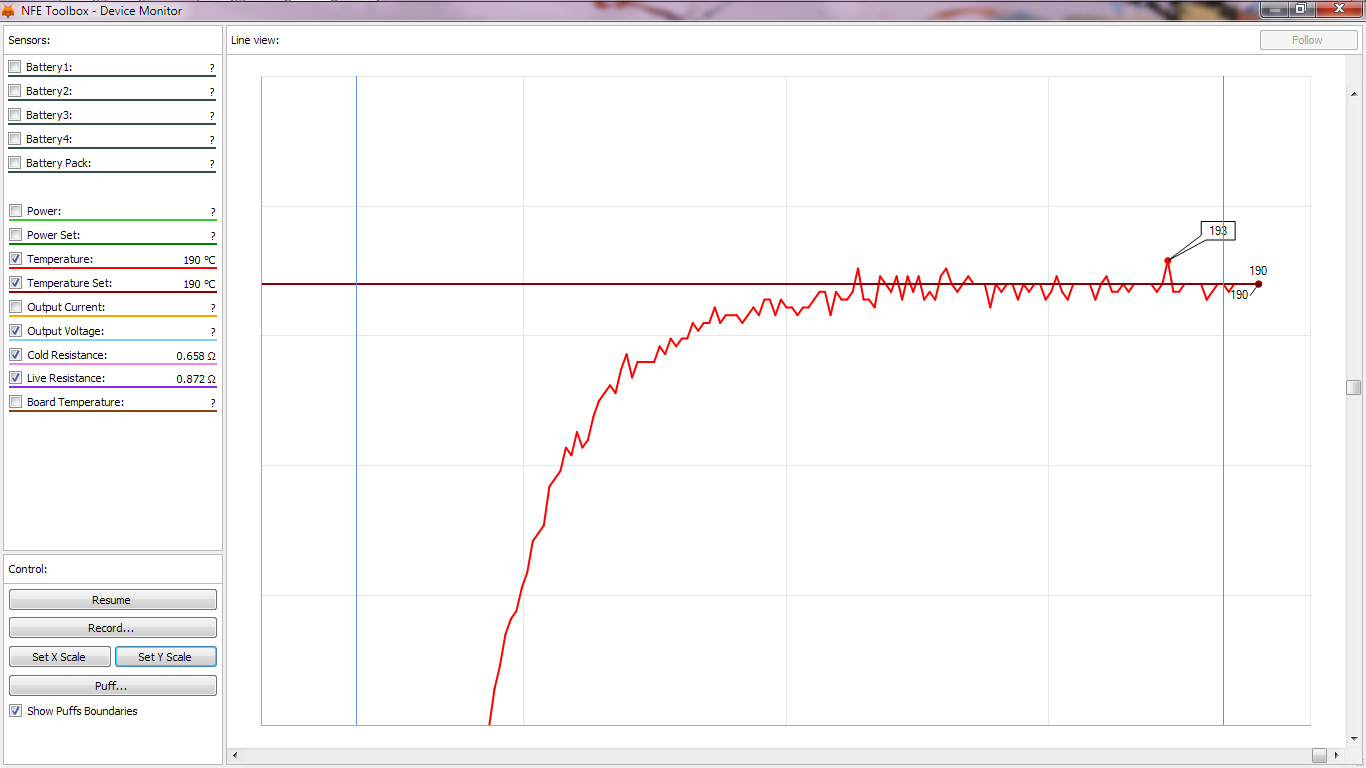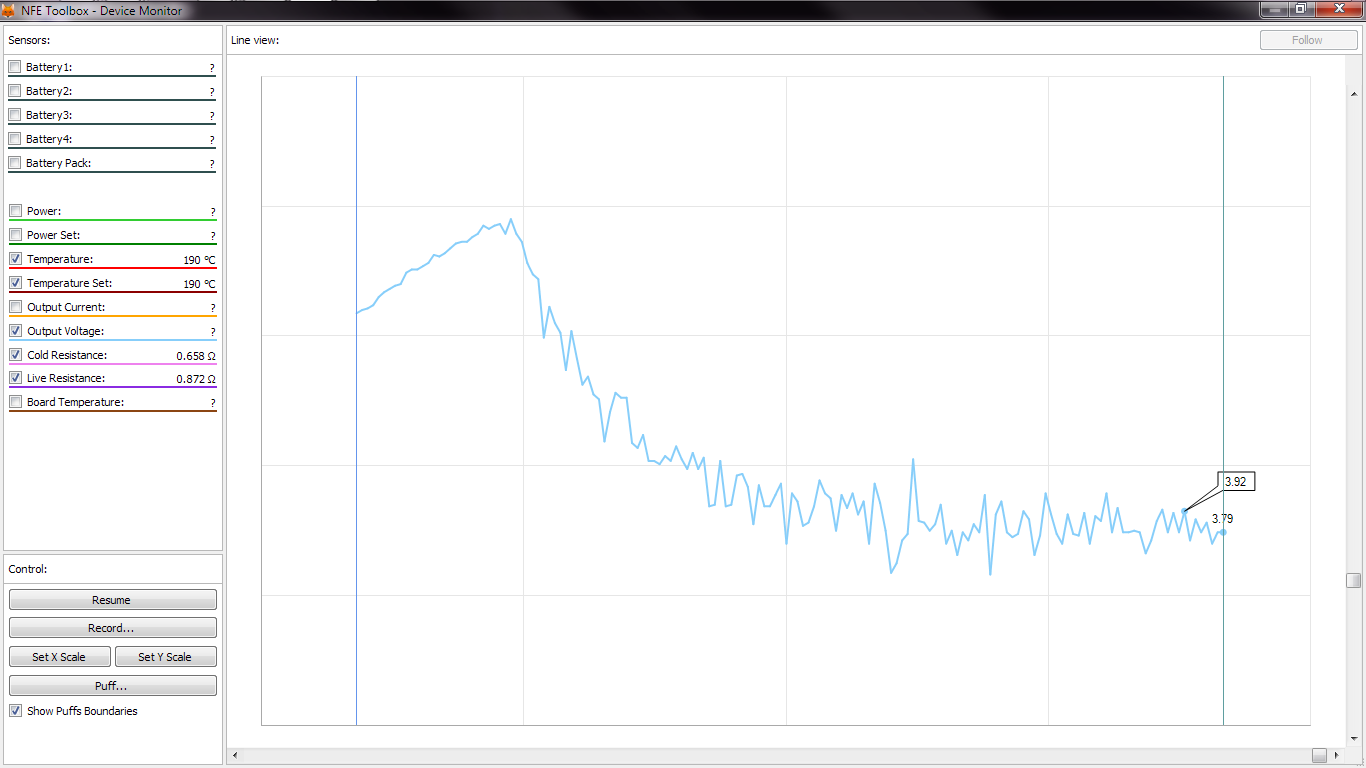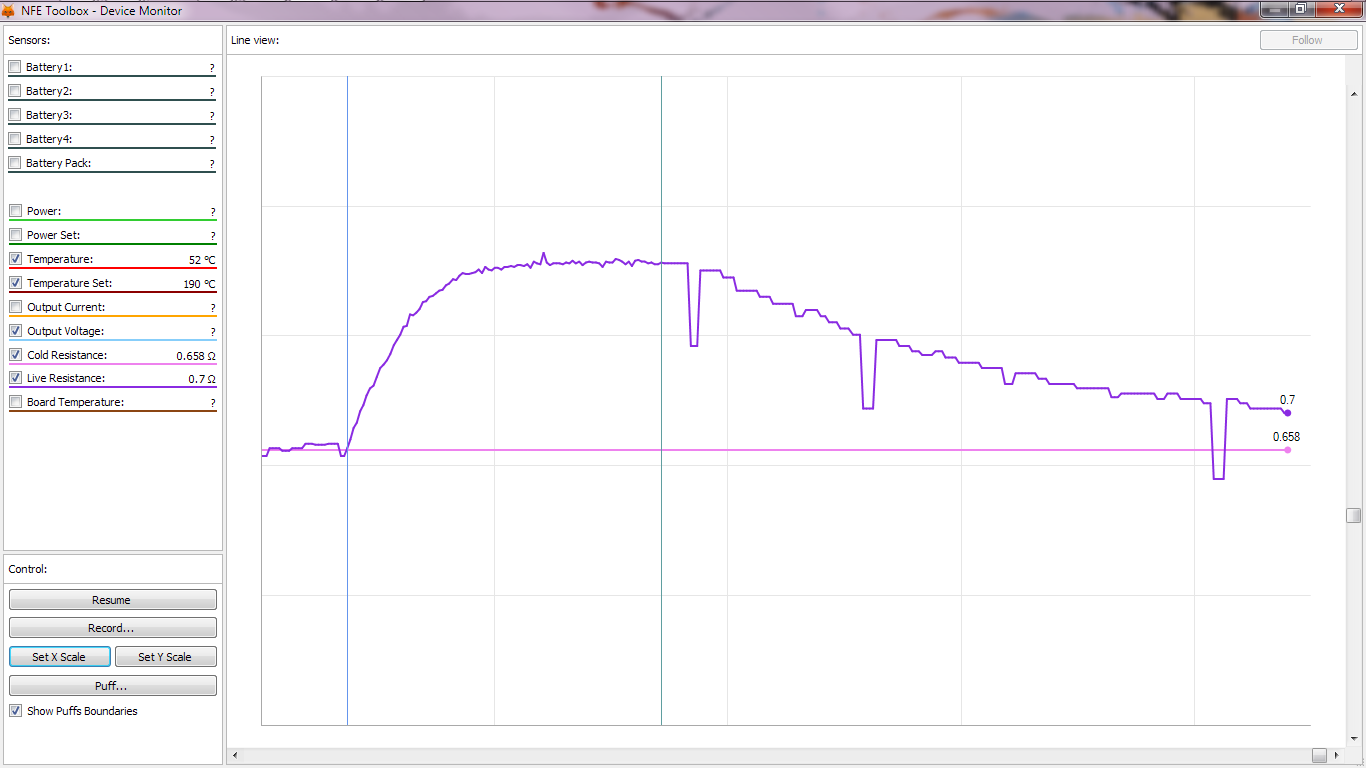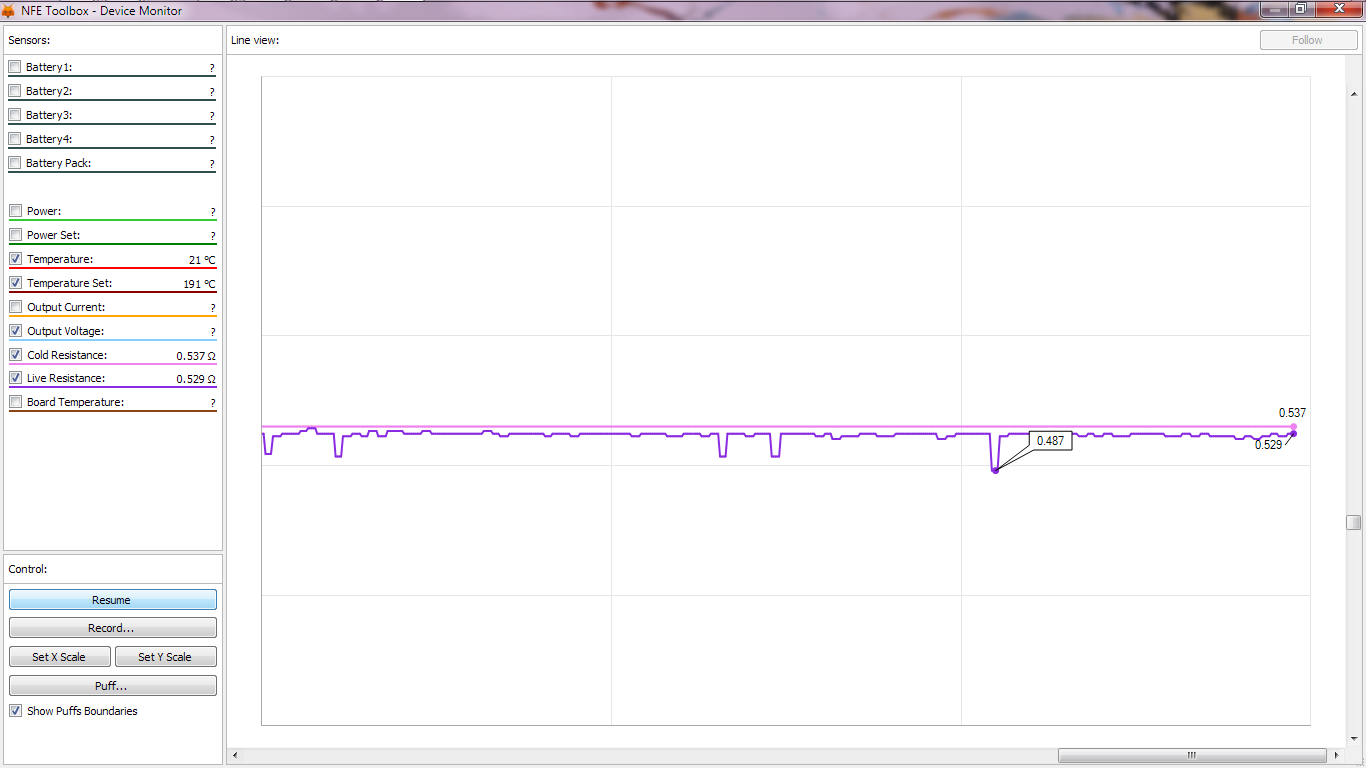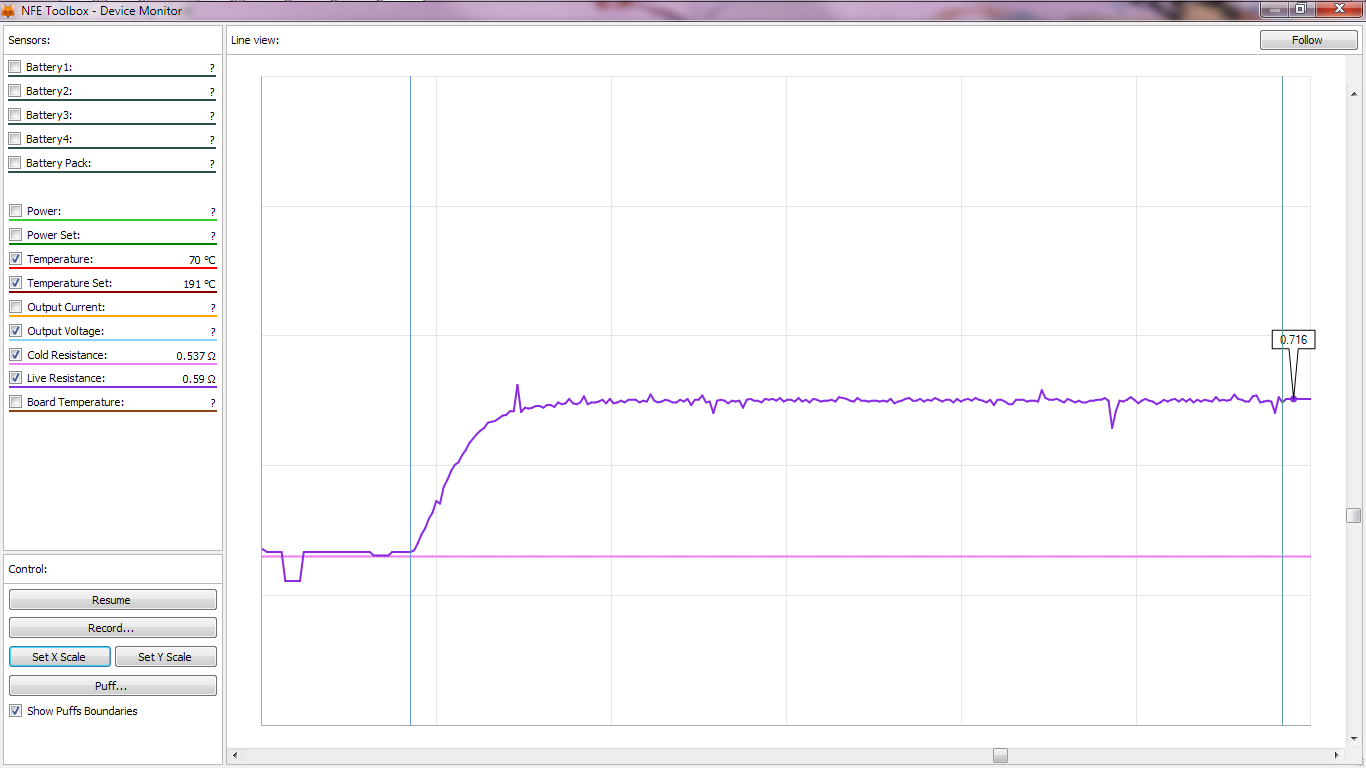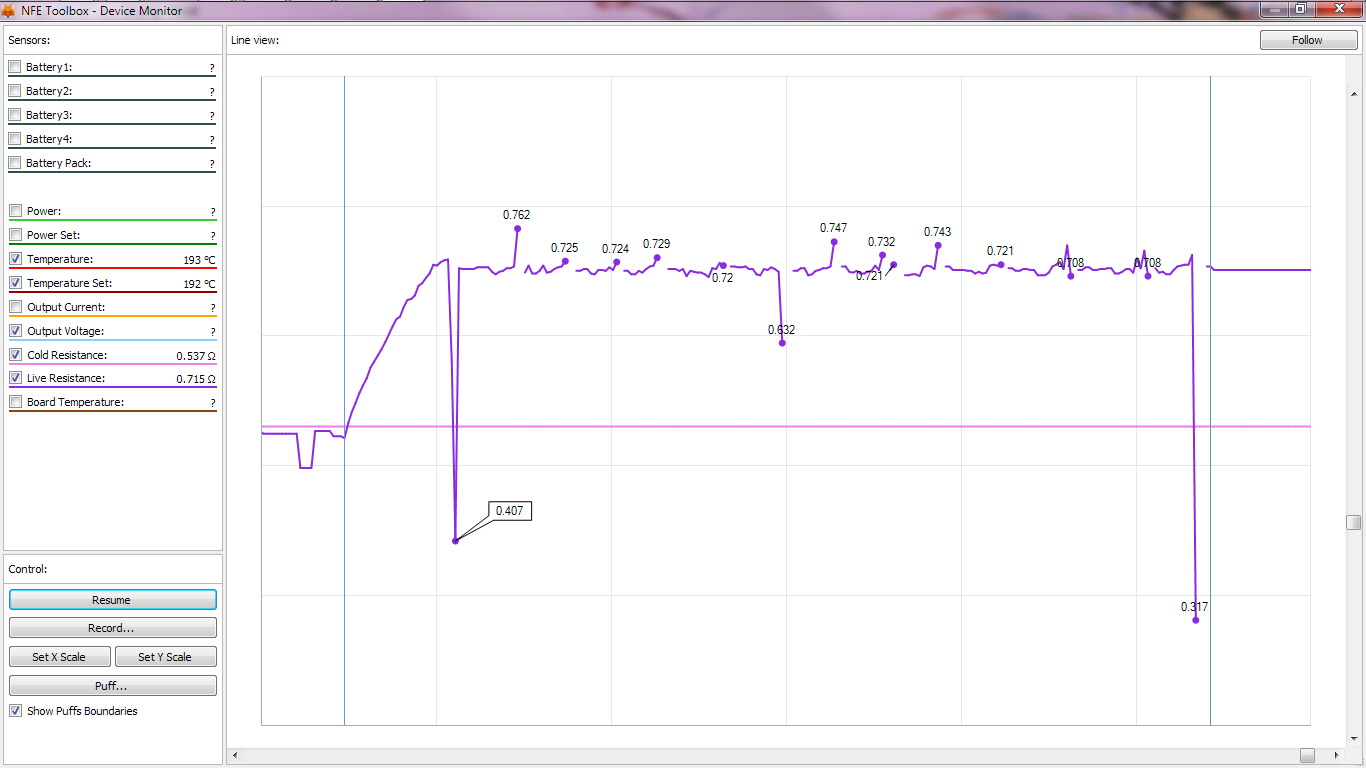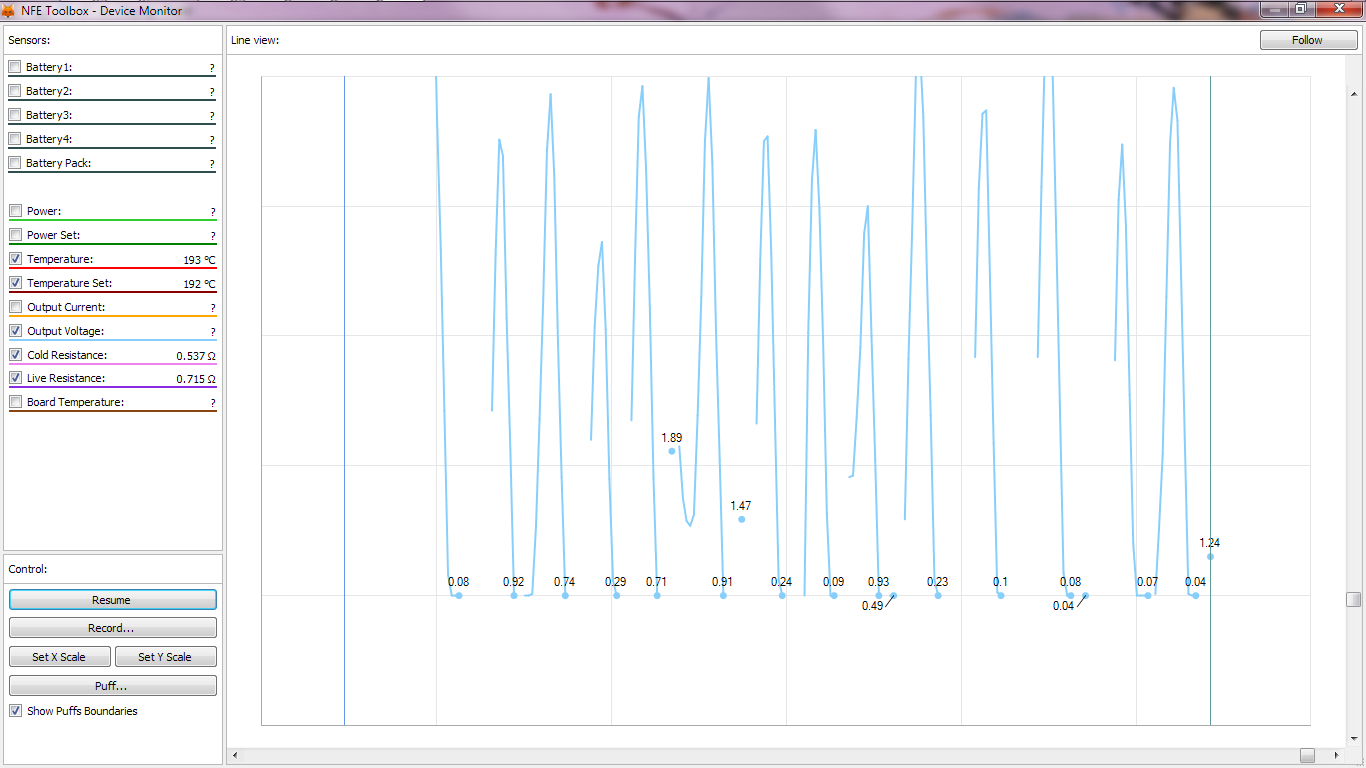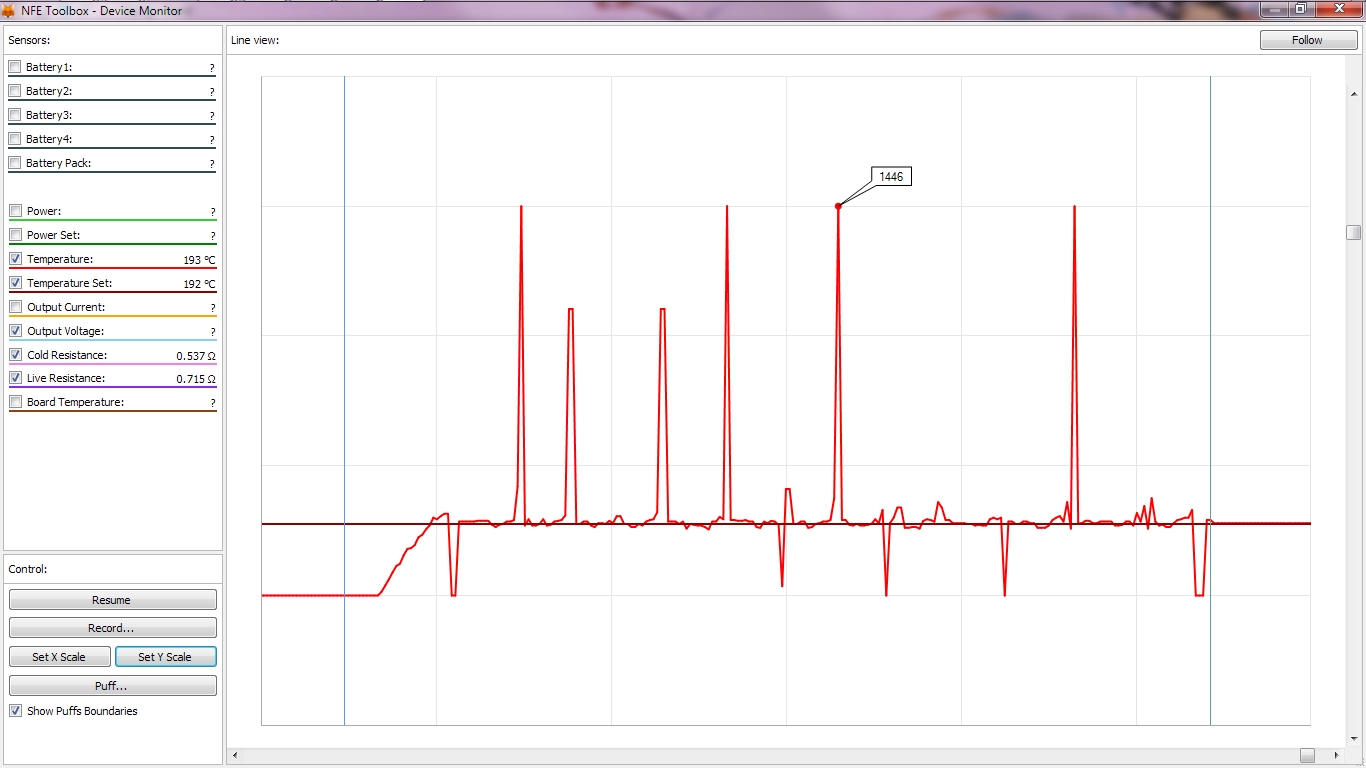Hey all my firmware tweakers...
I wanted to re-post this from where I just posted in the Divine Tribe thread. I recognize the people that might benefit the most from this stuff may never stumble across it

I also know that you guys seem to be mostly discussing this firmware as it relates to "the project" and related DIY herbal 510 vapes. But after some of you guys brought this to my attention, I would like to share how good myevic can be from the donut-vapers' perspective.

I'll probably post future myevic / 3rd party posts on this thread rather than DT, if that's cool, since I might be 'over-greeking it' for the casual donut-dabber, and I do have more questions, but here's what I shared with the others too:
(quote)
After having used this firmware for several weeks, on several mods, now, after having it introduced to us by
@KeroZen,
@Pipes, and
@OF, I want to give everyone my review / report of the
myevic 3rd party firmware. It is compatible with most joyetech / reuleaux mods (no eleafs yet)
My impression: for donut vapers who seek a
more stable temp control function, and like being able to customize their mods as much as possible and view all sorts of info and stats, the myevic is a winner, and highly recommended

It is still pretty user-friendly and it's look is not far-removed from the stock firmware, but it allows joyetech vapers to fine-tune their vape experience and gain some features usually found on more high-end mod chipsets.
Here's whats to like:
- better temperature stability!
If the default joyetech software and screen is to be believed, I expect temperature swings/oscillations of 10, 15, even 20+ degrees usually, although short-term stability with temps being stable for a couple secs, or bouncing only 5-7 degrees can be observed at times.
With the myevic, using the same tcr / watt / temp settings, and the "stock" or "sweet" algo, a significantly more stable temp range can be observed and experienced. At it's best, the "standard deviation" of temp oscillations seems to be 7, or 5 degrees or less! Temp bouncing 10F or more is seen sometimes, but much less than stock. Occasionally, wild swings of 100 degrees or more is observed, but it is so quick and random, without any corresponding spike in vape quality, that I must attribute that to a measurement error or signal noise, as
@OF hinted at.
Because I can look at my screen when vaping with my glass/silicon adapters through my rig, I can confirm that the temp stability is not just theoretical. Looking at the vape stream through my glass gear, I see a smooth, consistent stream of vapor, where I would usually see spikes before, and even more with the eleaf picos.

You have the option of looking at tons of info on the 3rd row of your screen. Standard puff #, clock, and amps, but also voltage, (charge or real-time output) CPU board temp, and my favorite: "coil res" Like how joyetechs show you coil resistance rising in real time when vaping, but you can now observe coil Ω fluctuate and jump, while not vaping/firing, in real time! This is quite interesting to see how not truly stable your coil Ω is. My more stable V3 donuts only fluctuate about 0.005-0.007 as the standard deviation, but other attys/mods of mine can jump around over 0.3-0.4 Ω when not even firing!

Clearly a case of signal noise or poor contact, causing me to look into this more closely

Also,
less masking! No more "temp protection" when your donut heats up, as it inevitably should. Instead of hiding how overly hot your donut it, it tells you! If you dial in 390F, and the heat swings to 393, or 401F in the course of vaping, the screen tells you!

This is good stuff.
You also have 3 battery display options: just a bar, or bar with charge %, or bar with voltage, which also changes in real-time when vaping.
Coil resistance down to the thousandths, with real-time coil measurement and real-time battery voltage meter, and alternate font, on one of my donut-tank evic basics. Besides that, looks like stock, right?
- More precision / features
You have access to 4 different vaping algorithms, although only stock and sweet seem to work well for donuts. "Boost" mode only seemed to make my temps spike, but is worthy of further investigation for super-quick warm-ups, perhaps?
You can set temps in increments of 5F / 1C, instead of only 10F as before, and the finer resolution of temps and corresponding +/- in vapor production
is noticeable.
You can
manually input/adjust coil resistance, if you choose, since any given / initial measurement of the donut
can be wrong at times, and if you
know it's off, you can correct this. I think dialing in the most accurate base coil Ω is important for your TC accuracy.
Coil resolution is displayed down to the thousandths of an Ω now (0.001) not just hundredths as with stock.
You can set the 10-second protection higher, up to 25 seconds, so you don't have to cycle the button for puffs longer than 10 seconds. Quite useful for the DC herb atty, or the long-lunged, like Steven
Also has lots of features for the clock, logo, display, screen saver, etc, but I'm not as interested in that stuff.
What's not to like?
I guess there has to be something?

Not much really. The fact that it doesn't come on your mod already, and you have to download it and set it up?
I guess if I had to say something, it has a "PID" algorithm mode which probably shouldn't be used unless you really know what you're doing. I suppose in an extreme case, you can cause your mod to blow up in your face if you put VERY wrong settings in there? So don't use PID mode then

It doesn't work for any eleaf mods....yet.

This has got me wanting to look into the arcticfox software, which does work for eleafs
 Anyways......
Anyways...... if you're a TC / info nerd like me, go get the
myevic already. Ok?

Articfox works on more units and seems to be a more powerful version of myevic

.
Also has anyone messed with tfr? Tfr is a more complex version of tcr that assumes resistance doesn't always increases linearly... Giving us a lot more accuracy!
Hey, as you might see, I got the drop of the arcticfox, maybe just for the eleaf pico, at first, since that mod is left out by myevic.
Whats TFR? (time-frequency representation?) Is that like "fsk" mode or the non-linear TCR mode, as on the hohmwreck and DNA chipsets?
I'm all for temp stability and accuracy, but I'm wondering how much better can TFR mode really be over TCR mode, and how easy is it to set up and dial in?

Also, it seems arcticfox is made by some ru$$ians.

Can we trust that? Are you sure they aren't hacking my mod to make it blow up in my face or something?




.
.
.




.
.
.
















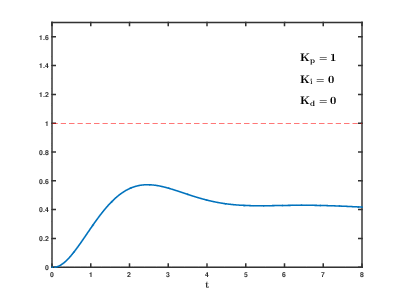
 );
);



 .
.  I also know that you guys seem to be mostly discussing this firmware as it relates to "the project" and related DIY herbal 510 vapes. But after some of you guys brought this to my attention, I would like to share how good myevic can be from the donut-vapers' perspective.
I also know that you guys seem to be mostly discussing this firmware as it relates to "the project" and related DIY herbal 510 vapes. But after some of you guys brought this to my attention, I would like to share how good myevic can be from the donut-vapers' perspective.  It is still pretty user-friendly and it's look is not far-removed from the stock firmware, but it allows joyetech vapers to fine-tune their vape experience and gain some features usually found on more high-end mod chipsets.
It is still pretty user-friendly and it's look is not far-removed from the stock firmware, but it allows joyetech vapers to fine-tune their vape experience and gain some features usually found on more high-end mod chipsets.
 Clearly a case of signal noise or poor contact, causing me to look into this more closely
Clearly a case of signal noise or poor contact, causing me to look into this more closely 
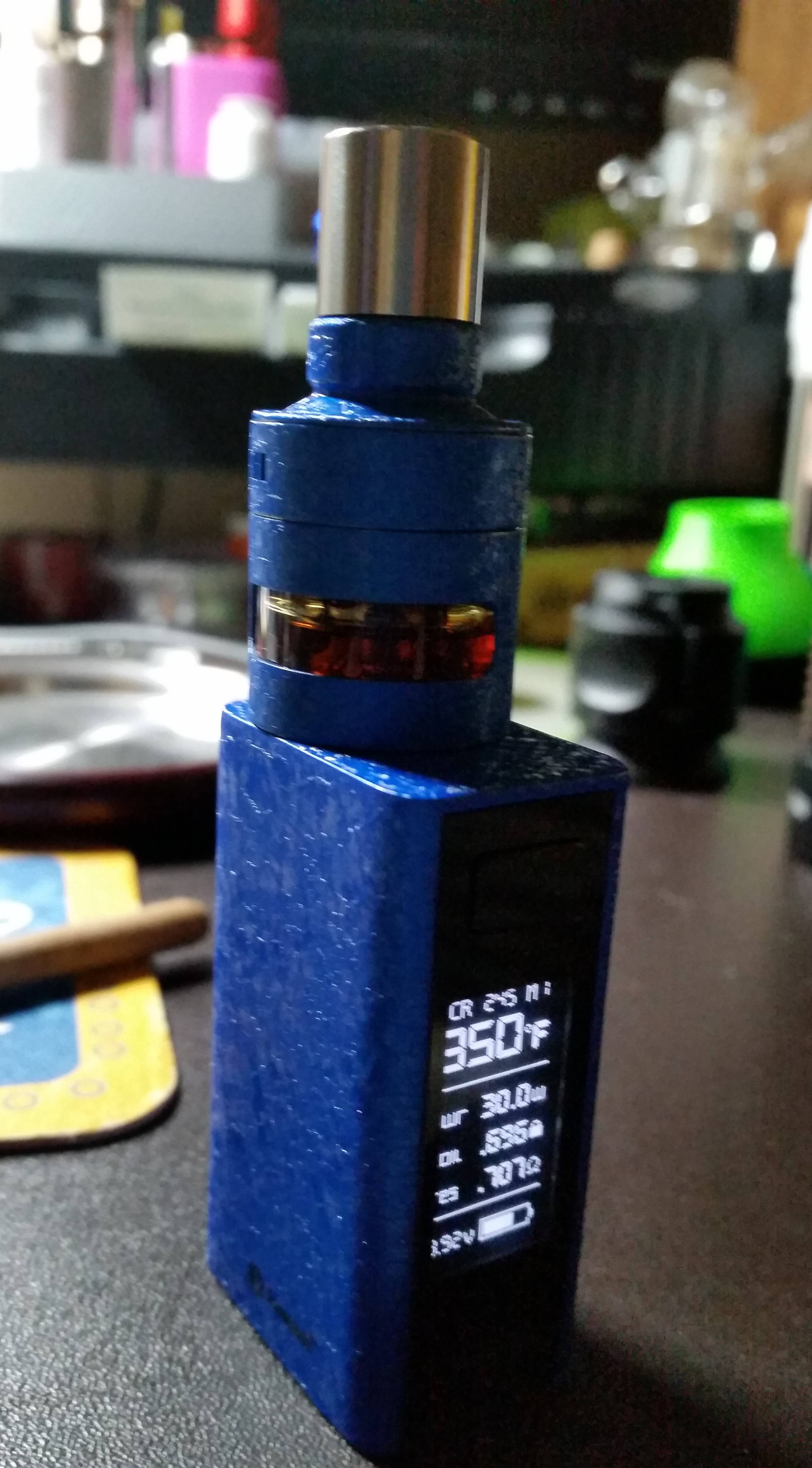

 This has got me wanting to look into the arcticfox software, which does work for eleafs
This has got me wanting to look into the arcticfox software, which does work for eleafs 

 Can we trust that? Are you sure they aren't hacking my mod to make it blow up in my face or something?
Can we trust that? Are you sure they aren't hacking my mod to make it blow up in my face or something? 





